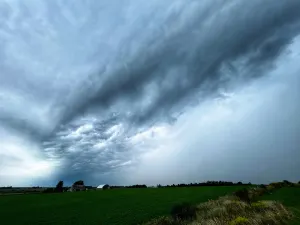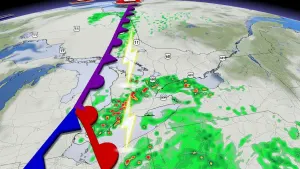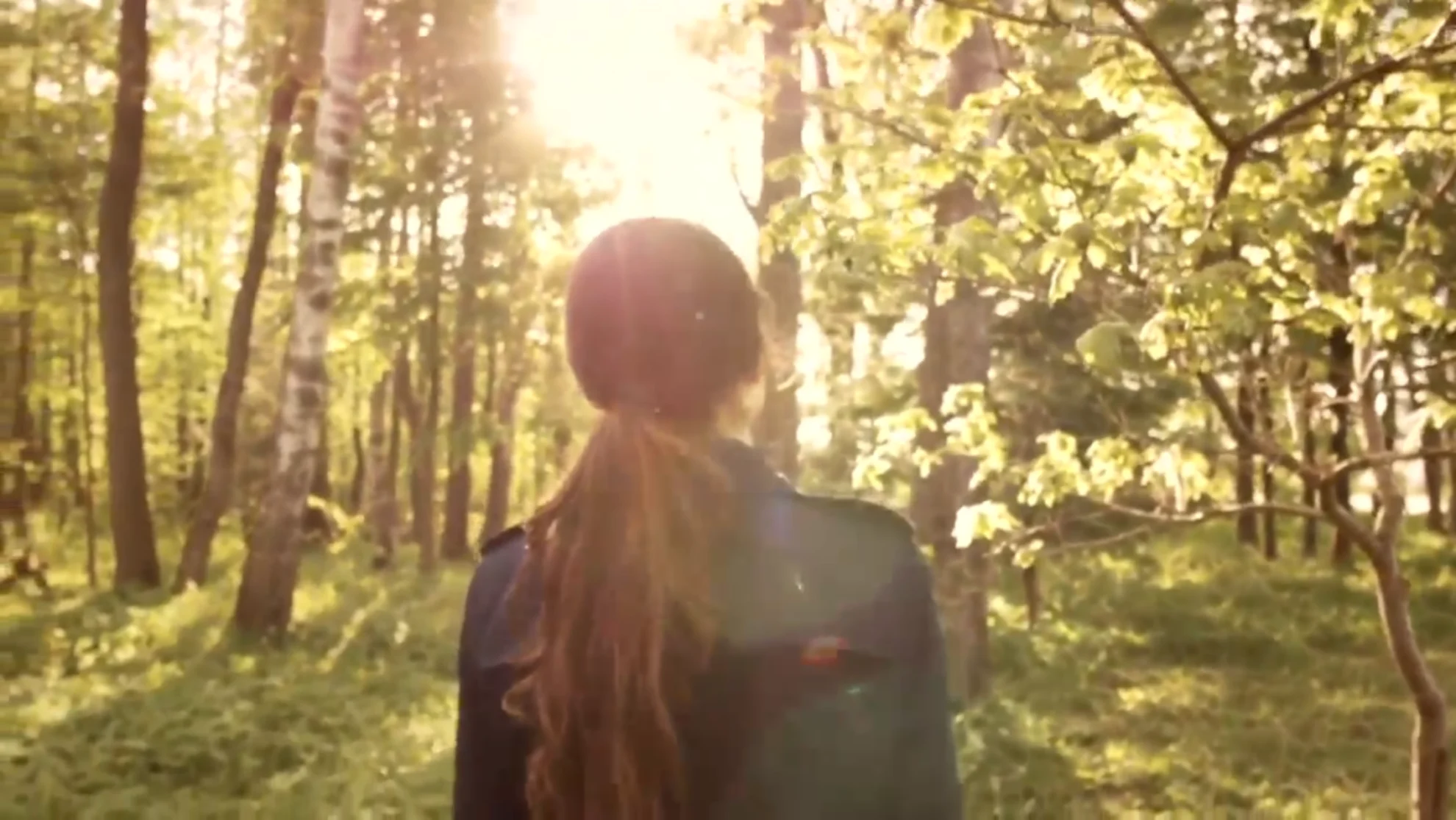
How nature can help with Seasonal Affective Disorder
As we continue to move deeper into the fall season, our moods continue to transition as well. According to psychologist Joti Samra, about 10 per cent of the population suffer from Seasonal Affective Disorder (SAD).
SAD is a type of depression that is related to changes in the season. Most people who experience SAD start to feel symptoms at the beginning of the fall and they continue into the winter months.
"When it is colder and rainier, we might not want to get out and be as active and socially connected, and there are a lot of things that can start to impact our mood," Samra says. "We can start to get demotivated, not as engaged or as energetic and that can start to have a lot of negative ripple effects on different areas of our life."
There are different ways to treat SAD, one of which involves making the effort to get outside and connect with nature, even when you don't feel like it, because being outside and in the fresh air can have really positive impacts on your overall mood.
"Many of us have heard that nature is good for us, but what many people don't know is there is an increase in research that tells us it actually changes things like our biochemistry and our brain chemistry in a positive way," Samra says. "Our blood pressure is reduced, our heart rate slows down, and we are more present, which all offers positive impacts on our life."
With this in mind, we connected with British Columbia's Whistler Blackcomb resort to find out more about their Ascent Trail.
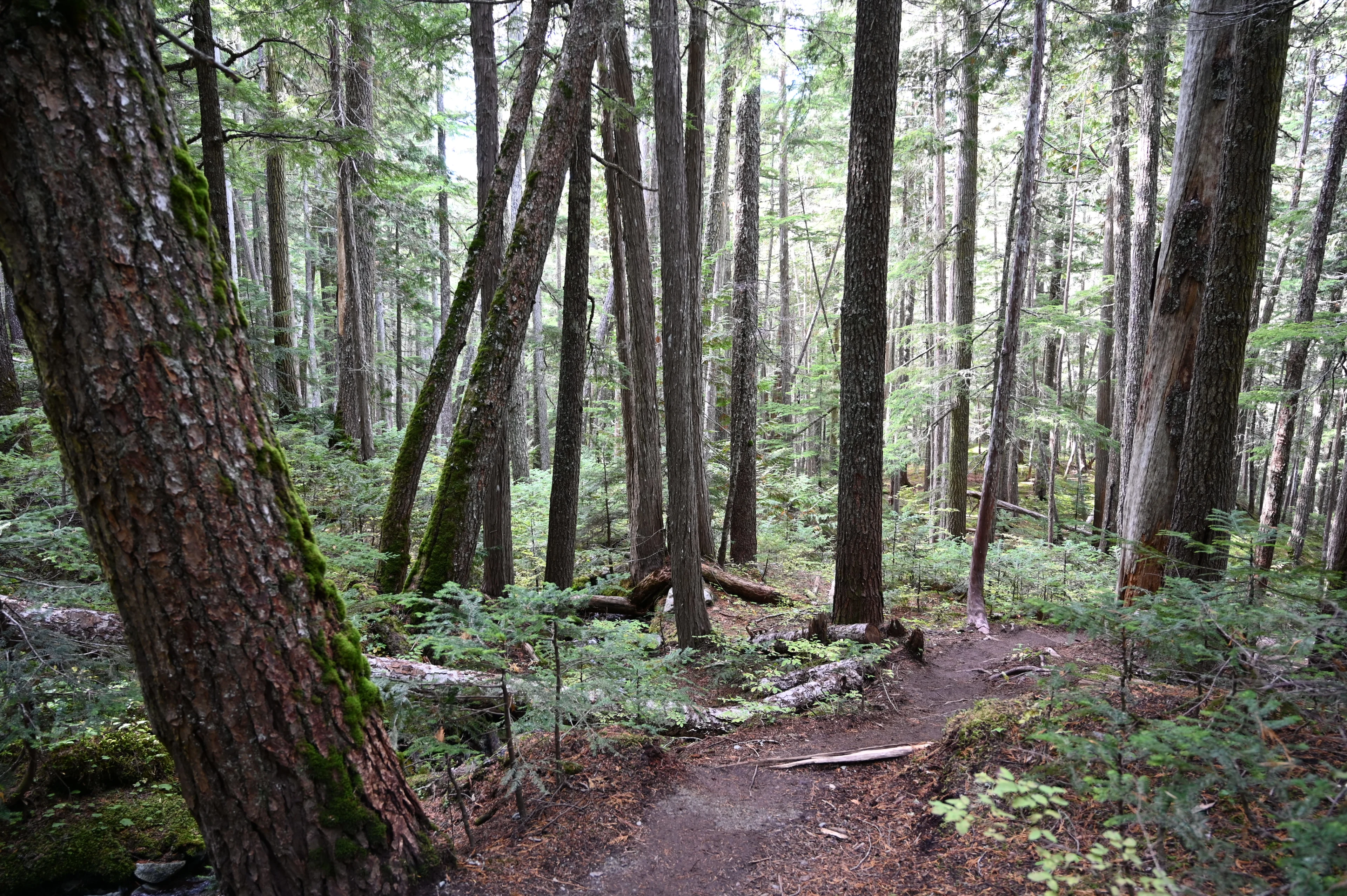
Inspired by the Grouse Grind, the trail is broken up into three different sections: the Little Burn, Big Burn, and Heart Burn. Together, the three parts span 6.1 km through the beautiful old-growth forest, and the straight uphill incline offers a tough workout.
Workout aside, though, along the trail there are lots of benches and areas to stop, sit, and appreciate nature. In an email to The Weather Network, Whistler Blackcomb spokeswoman Jennifer Smith told us that the design of the trail is meant to combine a workout with wellness. Hence why there are places to sit and meditate along the way.
Whistler Blackcomb planner Arthur De Jong, who was part of the team that created the Ascent Trail, says that, as a volunteer crisis line worker, he understands the power of nature when it comes to mental health.
"I often hear people tell me stories of how they heal when they are in nature. They can relax, reflect, and meditate," he says. "By design, we are intending to provide that opportunity for people to ground themselves."
De Jong says that creating a challenging physical exercise and a place to connect with nature were the driving factors behind the Ascent Trail, but another important aspect in the design was not hurting the natural beauty of the old-growth forest: "We wanted to take guests inside our ecosystem, instead of changing the ecosystem."
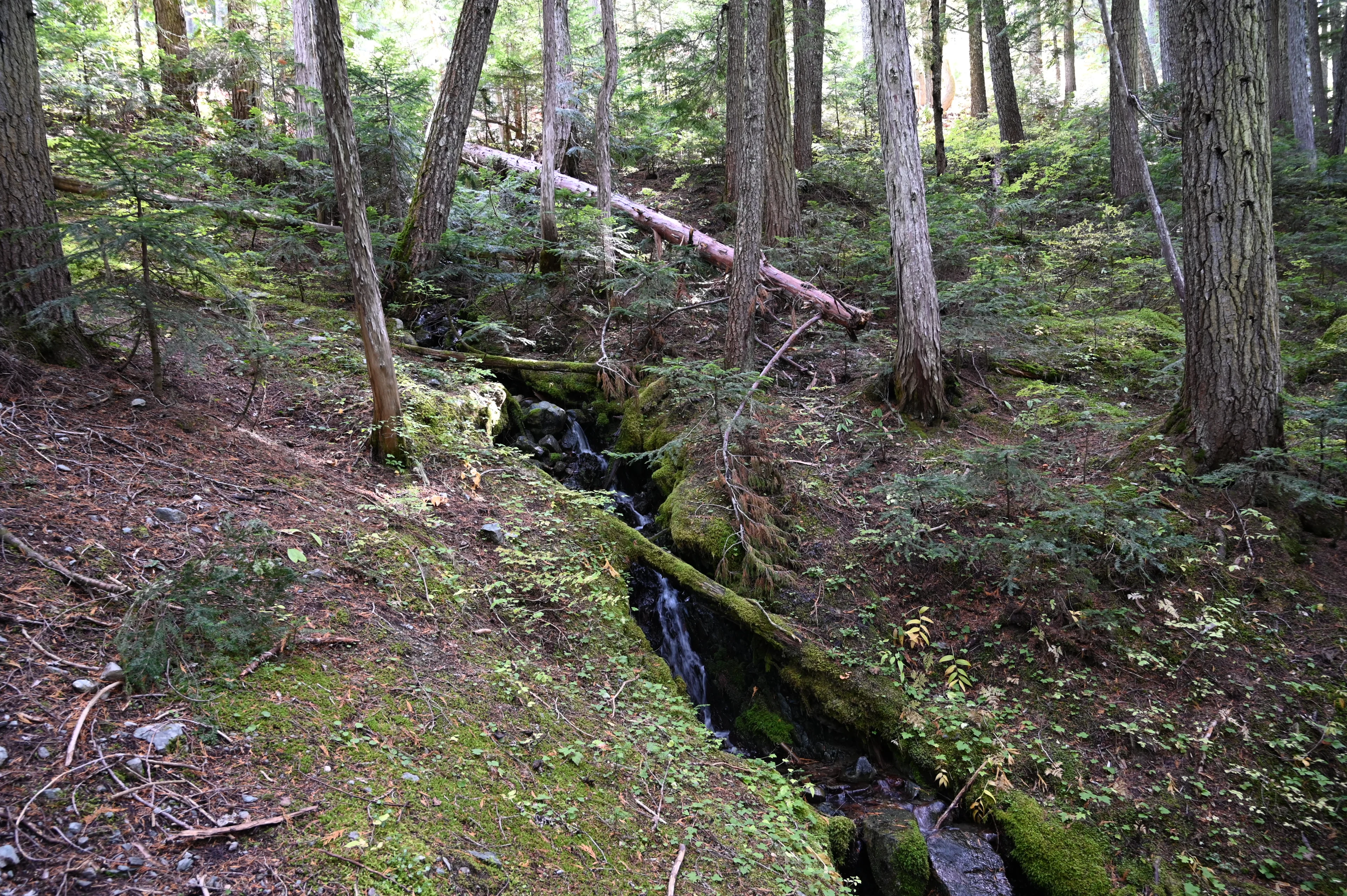
All of the steps, benches, and bridges that you find along the trail were built from old cedar that was found along the ground instead of logging or cutting down any trees in the area. This is all a part of Whistler Blackcomb's goal to achieve a zero operating footprint.
Whistler Blackcomb consistently finds itself on Canada's Greenest Employers list and since 2000, has reduced waste by more than 70 per cent.









